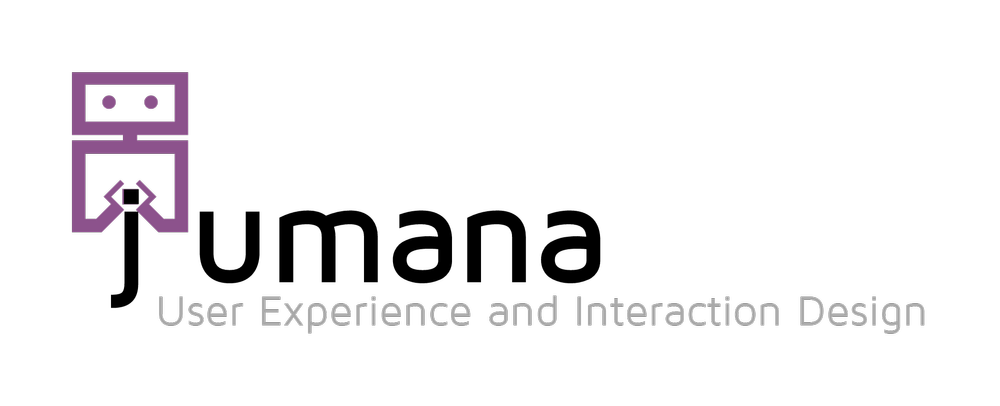CHI Design Competition Finalist 2015
The theme for CHI Student Design Competition 2015 is "Crossing". We were asked to design a service that enables people who are a new and completely unexplored user group in any country to appropriate things and technologies around them. This user group may be a minority, an extreme case, or somehow disconnected from the mainstream. Our main user group is American Indians.
http://dl.acm.org/citation.cfm?doid=2702613.2726949
Role
Research and UX Design
Challenge
How can technology help certain American Indians better connect with their culture and enhance feelings of self-identity as an American Indian?
Solution
Minowe is a video chat community for teaching and learning the indigenous American language, Ojibwe, enabling peripheral American Indians to better connect with their culture and enhance feelings of self-identity. Based on user research and a review of relevant literature, we learned that the ability to speak the indigenous language associated with their respective tribe is a key cultural element that can shape self-identity.
Key Features
- Crowdsourced content keeps language up to date and relevant to users
- Gamified learning system helps motivate users and keep track of progress
- Video chat system allows users to better understand the non-verbal elements of Ojibwe







Process
Identifying the Problem
Our process began with a whiteboard of 100 plus ideas that might fit the design prompt for the CHI 2015 Student Design Competition. In this process we let ourselves think freely about many potential user groups.
User Research
We used the following methods to collect research to better understand our user group:
- Literature of research papers on important issues affecting the American Indian community
- documentaries (empathy)
- Conducted five hour-long user interviews
- Surveyed social medium forums (Facebook pages, Twitter feeds) that focus on American Indian concerns
- Attended a concert and workshop by an American Indian singer and activist
Interviews :
We conducted five user interviews through November 2014 to gain further insights about the problem we were trying to solve. The interview participants included:
- A professor of Native American Studies at the University of Michigan
- Two members of the Native American Students Association (NASA) at the University of Michigan who were also representative of the peripheral American Indians community we were designing the solution for.
- A member of the Sault Tribe Government.
- A representative member from the Native American professional community.
Interpretation Session
We anonymized our research findings and placed them on cards. Cards were organized through an affinity wall process which allowed us to sort findings to identify larger themes. We found that:
- Self-Identity and American Indian group membership is complicated
- Language is a top cultural marker in the American Indian community and is difficult to learn
- Social media is a popular communication tool for American Indians.
Ideation
We sketched out potential solutions to the problems facing our user group.
First Idea: From posting and hashtagging a video from the Frank Waln concert, we thought of a visual dictionary curated from social media posts.
Feedback:
Positive review of user group and problem. Negative review of the solution that it doesn't teach ojibwe nor it creates a social space for users to connect.
Second Idea: Further research inspired Monowe, a new space to connect with culture through language learning.
Personas and Scenarios
We developed personas for both a learner and speaker and scenarios to imagine how a user might engage with our system.
Low-fi Prototype User Testing
We generated a low-fidelity prototype of our design solution and tested it on users.
Hi-fi Prototype
We developed a high fidelity prototype and refined the user interface based off feedback from our lo-fi user tests.




